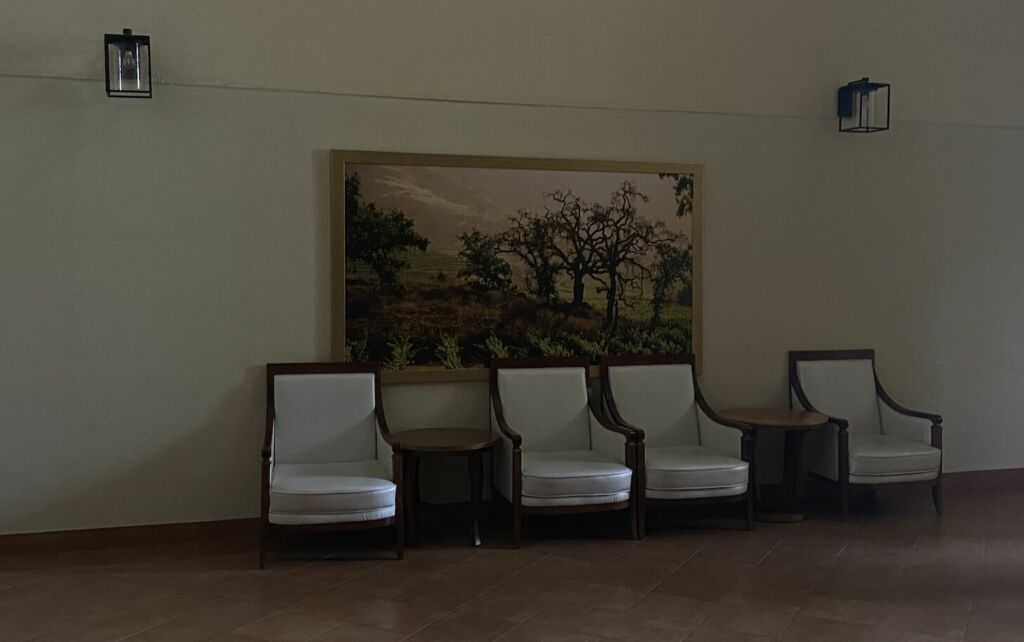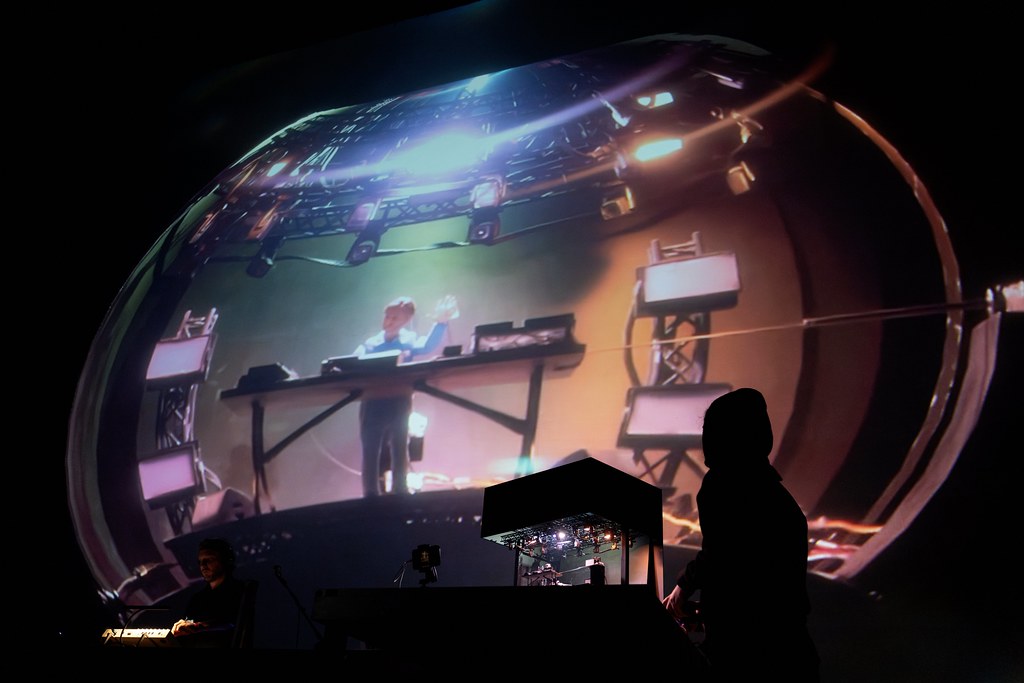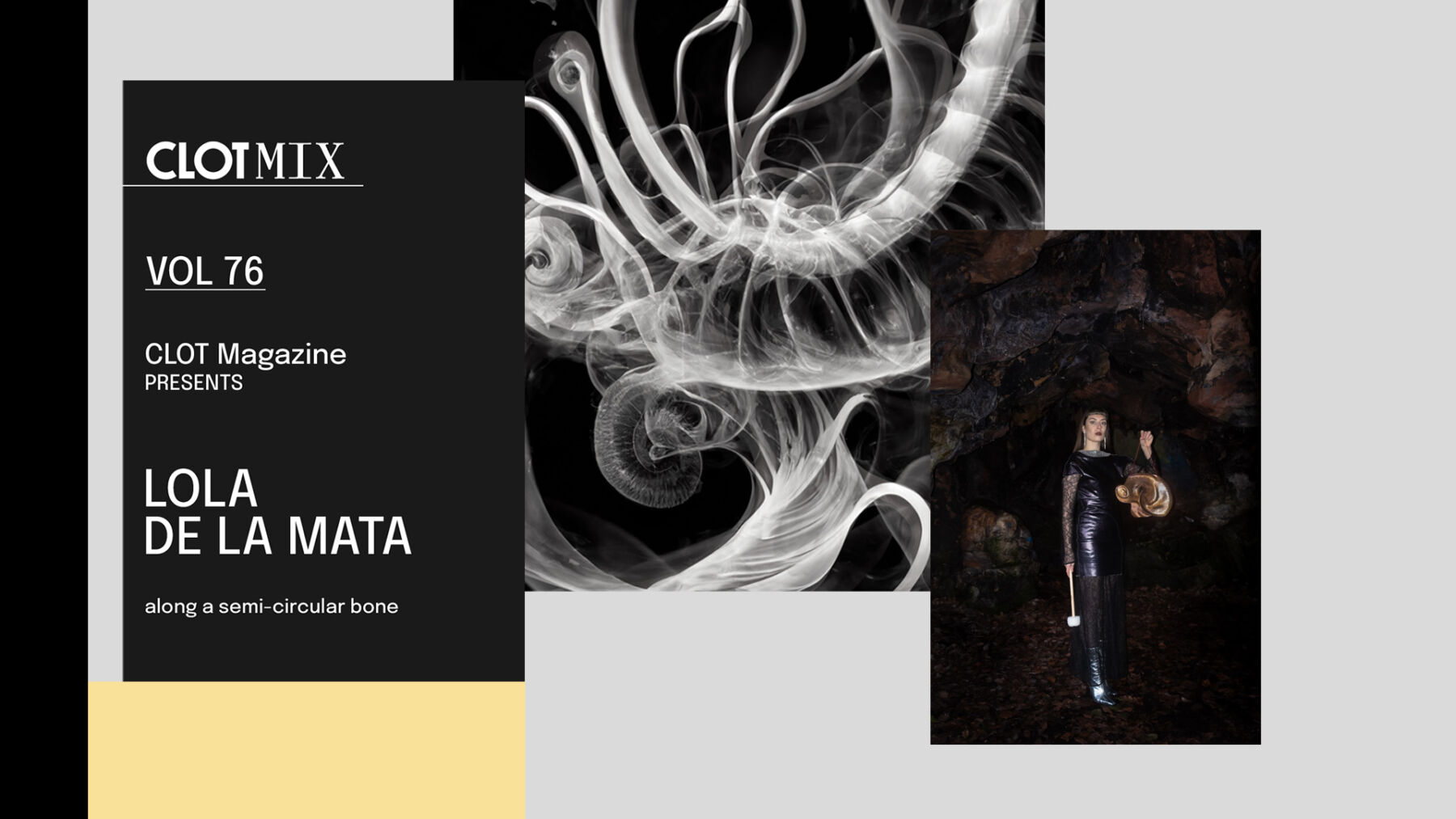Text by CLOT Magazine

The latest mixtape instalment hails from Seoul-based Korean experimental musician Suk Hong, offering a curated selection of tracks that traverse the artist’s creative journey for their upcoming project.
Suk Hong’s musical style gracefully navigates between neo-classical and electronic influences. Fresh from their recent release on Unseelie, an NYC-based label, Suk Hong returns with a more introspective and expansive piece, My Day is Sold by the Hour, which debuted at the start of March on endonesia, an alternative art platform based between New York and Seoul.
Recorded amidst the misty atmosphere of the Guro district, Korea’s bustling digital industrial complex, My Day is Sold by the Hour encapsulates the essence of its surroundings through sonic storytelling. While the area is blanketed in fog, its stories are evident sonically.
String instrumentations echo like distant growls, while a tapestry of field recordings collected over three years weaves a textured narrative within a granular, deconstructed framework. With electroacoustic techniques and contemporary sonic landscapes intertwined, Hong seeks to unveil the inherent extraordinariness of captured moments, carving timbres that contour the running narrative – an unforeseeable series of vignettes.
In discussing what the artist has created for this mixtape, Hong reveals ongoing work on an album delving into the modernity of Korean families, including their own: It follows the approach of My Day is Sold by the Hour, but this time, I need more than one track to present the complete picture. It’s a longer project, so I need to cleanse my palette occasionally for a fresh perspective. These are the songs I turn to.
This collection of tracks offers a tantalising glimpse into Suk Hong’s creative universe, teasing the imagination with its suggestive and mysterious allure.
Your last release is My Day is Sold by the Hour (endonesia 2024). Could you share what your creative process was like for its production?
Having my mindset changed was pivotal for the creation process. For a while, I pondered how to treat field recordings as musical materials and be responsible for them on my terms. Although I recorded many, I hesitated to use them.
The incidents and conversations I felt drawn to record were vivid with joy, anger, or a mix of both, and turning them into collages felt like a violation, stripping away their diaristic contexts. Looking back, it’s amusing to realise that I was already manipulating recorded string sounds to be unrecognisable from the original, selectively leaving some emotional vibratos untouched.
This vandalistic approach excited me to create further, leading to an EP in 2022. I realised the moral quandary was the same for both cases, making my double standard evident. I was too self-absorbed to see it. I got to work, as it made sense to me. I paid the utmost respect to my recordings, sonically addressing their multifaceted nature. Much more could be done, but I like what it is now for the piece.
You are an experimental musician whose compositions are influenced by neoclassical and electronic music. How do you balance analogue and electronic elements in your music?
I prefer sonic textures, particularly the sharper ones, akin to a graphite pencil’s sharpened tip. I mostly get them from processing analogue sounds. I haven’t thought of balancing analogue and electronic elements in a broader sense, but I have attempted many times to find the sweet spot when designing them to my taste. I guess where I stop is the balance I’m comfortable with.
The single was recorded in the Guro district, a former hub of the textile industry and now the largest digital industrial complex in Korea. What inspired you to create this piece, especially within the context of the Guro District’s history and transformation?
The goal was to paint a distilled impression of what I saw and learned here with sound. Guro is full of powerful narratives that are waiting to be explored. I seized one of them to encapsulate my time here while the memories were fresh. Many in Seoul work hard but play harder to compensate and to carry on. Seoul is in dire straits in many ways, resulting in the lowest birth rate in the country and the world.
The Guro district is like the epicentre of such problems, being both a home and a grave to countless small businesses. It has been this way for a long time. While work conditions have improved, standards have also risen. The atmosphere still lingers. Cults are hard at work, too, systematically luring gullible and desperate young adults disguised as career counsellors. I overhear their routines just as I do drunken conversations at night. On New Year’s Eve, I witnessed fights in the streets for reasons unknown. It was a spectacle.
Timbres are carved out from the raw recordings, contouring the outline of its running narrative. How did you manipulate the raw recordings to carve out these distinct sounds?
It’s a direct metaphor for my usage of Spectral Surface by IRCAM, the plugin I use when processing any sounds. All sounds have a timbre hidden in their sound spectrogram, and Spectral Surface is the perfect tool to reveal it by removing the rest. One application I’m obsessed with when processing field recordings with Spectral Surface is how the perceived differences in the distance can be played with.
I recently collaborated with media artist Gijeong Goo and created a site-specific sound piece for his solo exhibition, which will start next week. While we only recently met, we share a similar attitude toward art materials. The work was done mainly with Spectral Surface as the primary tool, which is likely why Goo titled the piece “Spectral Field.”
How do you cope with technology (screen/digital) overload?
I’m all for adopting new toolsets and adapting to the unknown. I would welcome more screen time if I could be more attentive to changes, but I’m physically unable to handle more now. Most of my responsibilities require my offline presence. Yes, it’s exhausting how screens are constantly in our faces every day, but we still have the luxury to log out if we have a little willpower.
One day, we may all have chips implanted in our brains for said prosperity, but in reality, to keep us fed with ads, 24/—just a thought. Plus, the changes happening in the digital world inspire me. For a year, I experimented with compressing a song’s temporal alignment to an absurd degree, assessing each song’s capacity to withstand the distortion. Diana, an excellent curator/writer, then wrote: Symptomatic of the contemporaneous generation, Hong’s production process can be understood through the lens of curation and abstraction, or a mimetic lyricism of his time, where music is essentialised to 15-second snippets and functions to accompany videos dramatising, or romanticising, the phenomena of the everyday.











